Ottawa, the capital of Canada, is a city filled with history, culture, and plenty of exciting things to see and do during your visit for the 11th Annual Canadian Autism Leadership Summit (CALS 2025). Here are some highlights and tips to make the most of your time in Ottawa.
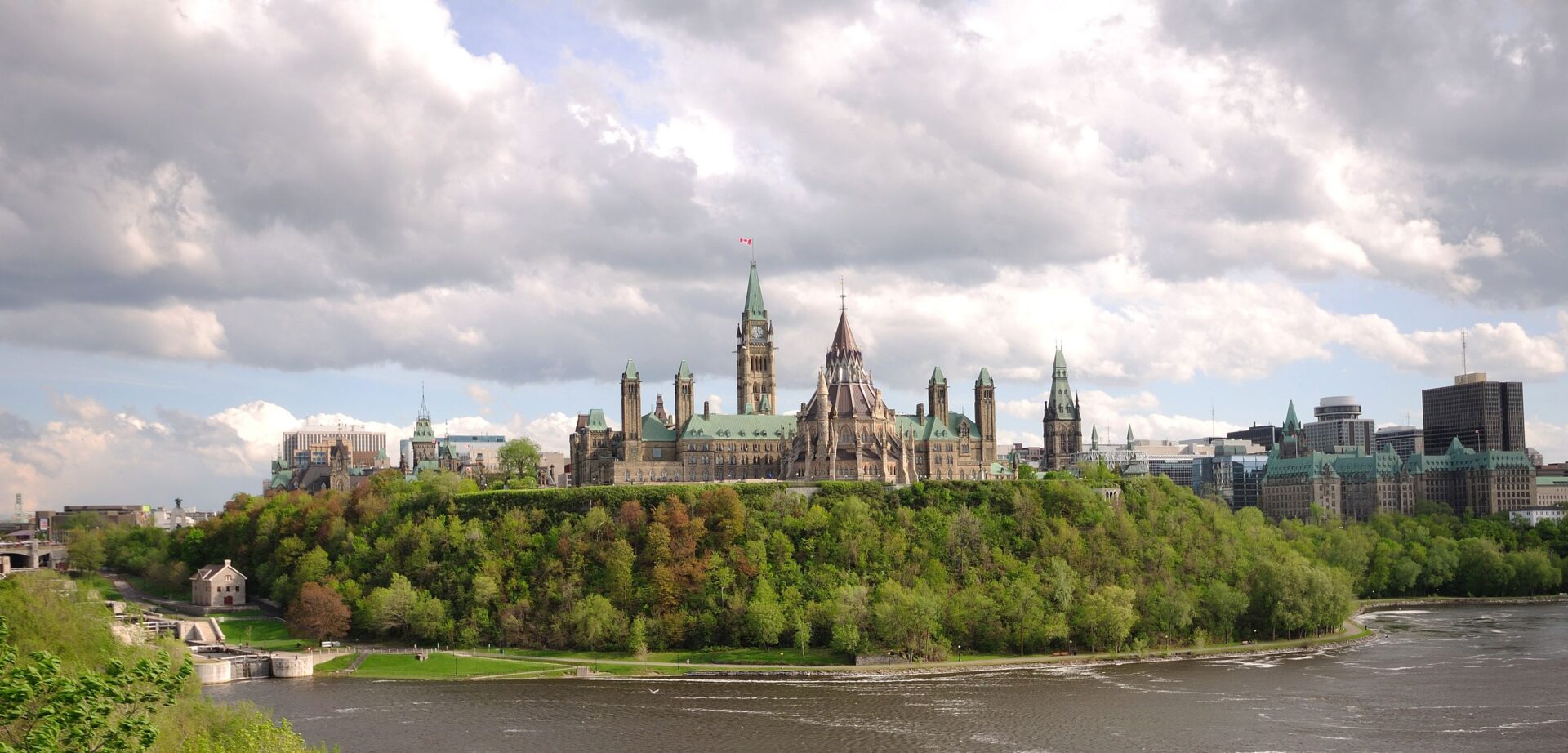
Top Attractions to Visit
Parliament Hill
Location: 111 Wellington St, Ottawa, ON K1A 0A9
Overview: A must-see landmark, Parliament Hill is home to Canada’s federal government. You can also take a guided tour of the iconic Parliament buildings. Guard ceremony.
Accessibility: Fully accessible to all visitors, including those with mobility challenges.
Rideau Canal
Location: The canal runs through the heart of Ottawa, right near the Fairmont Château Laurier.
Overview: A UNESCO World Heritage Site, the Rideau Canal is perfect for a scenic walk, bike ride, or boat tour.
Accessibility: Paths are accessible.
National Gallery of Canada
Location: 380 Sussex Dr, Ottawa, ON K1N 9N4, Website
Overview: This gallery boasts a stunning collection of Canadian and Indigenous art, as well as international exhibits. The architecture itself is worth a visit, featuring a glass pavilion and beautiful sculptures outside.
Accessibility: Wheelchair access and tactile experiences for blind and partially sighted visitors. They offer guided tours with accessibility features; check in advance for accommodations.
Canadian Museum of History
Location: 100 Laurier St, Gatineau, QC J9H 5H5 (a short drive across the river from Ottawa), Website
Overview: The museum offers fascinating exhibits on Canadian history, including First Nations history and culture, Canadian society, and the history of the nation’s artifacts.
Accessibility: Wheelchair access available. The museum also provides visual and auditory aids for some exhibits.
ByWard Market
Location: Near the Fairmont Château Laurier, Website
Overview: This vibrant market area is one of Ottawa’s oldest neighborhoods, filled with restaurants, boutiques, and artisan shops. It’s a great place to try local food, including the famous Beavertails pastry, and explore unique Canadian products.
Accessibility: Sidewalks are accessible for mobility devices, and many restaurants in the area have wheelchair-friendly entrances.
Museum of Nature
Location: 240 McLeod St, Ottawa, ON K2P 2R1, Website
Overview: Housed in a grand Victorian building, this museum is dedicated to natural history, featuring exhibits on dinosaurs, human evolution, and Canada’s biodiversity.
Accessibility: The museum is fully accessible, with elevators and accessible restrooms. Contact the museum for any specific accessibility needs.
Major’s Hill Park
Location: 50 Mackenzie Ave, Ottawa, ON K1N 9P1
Overview: A peaceful park located near the Château Laurier, perfect for relaxing, picnicking, or enjoying the view of Parliament Hill and the Rideau Canal. It’s a beautiful green space for anyone looking to unwind.
Accessibility: The park is mostly accessible, but certain areas with steep inclines may require additional assistance.
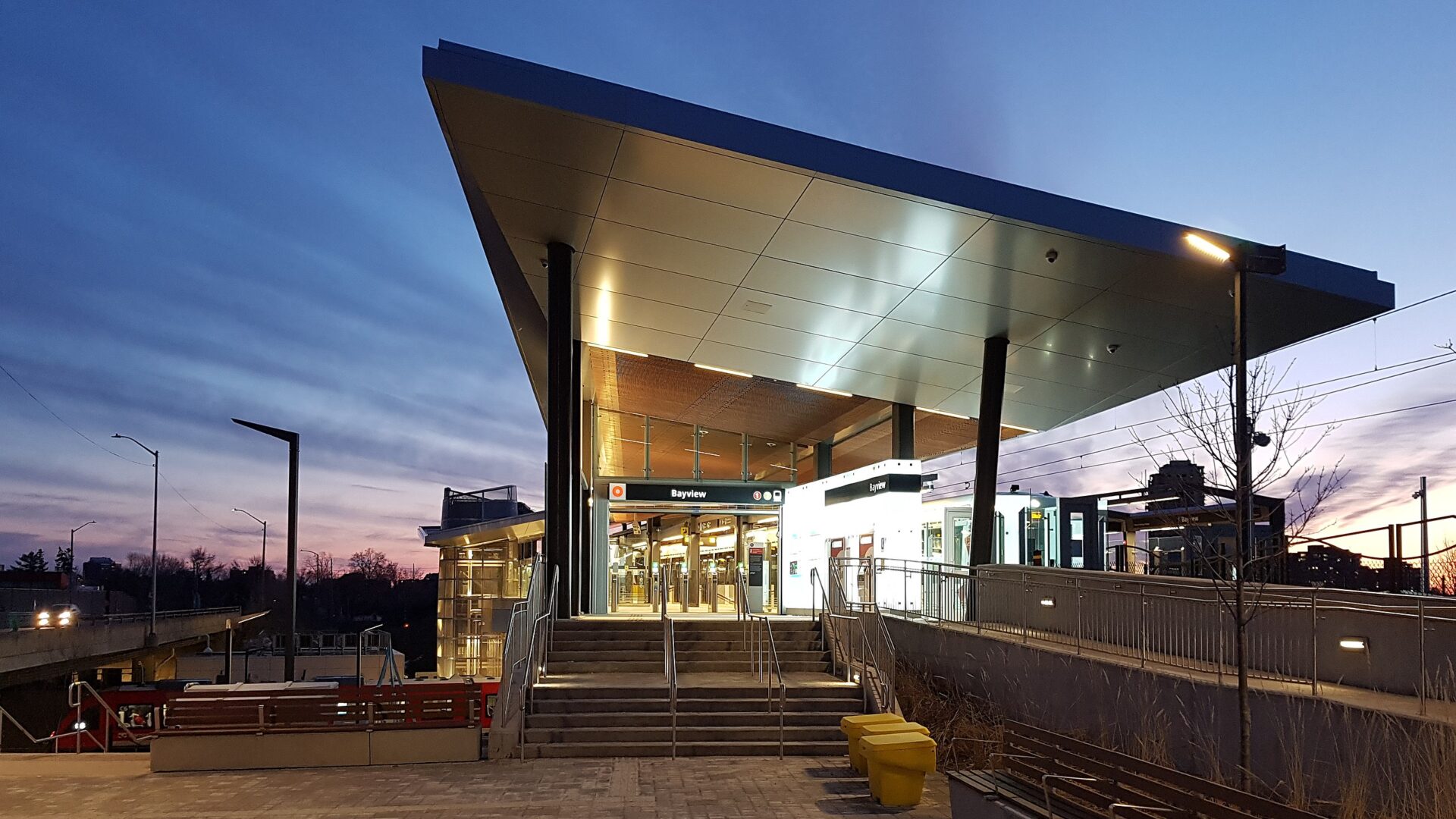
Transportation Around Ottawa
OC Transpo
Overview: Ottawa’s public transit system, OC Transpo, includes buses and the O-Train light rail service. There are multiple routes to help you get around the city efficiently and affordably.
Accessibility: OC Transpo provides accessible buses and trains. The O-Train’s stations are wheelchair accessible, and the buses have ramps for those with mobility challenges.
Tip: You can plan your journey on the OC Transpo website or app to see specific routes that meet your needs.
Taxis & Ride-Sharing Services
Overview: Taxis and ride-sharing services like Uber and Lyft are readily available in Ottawa. For easier access, consider booking rides through these apps.
Accessibility: Some taxi services in Ottawa provide accessible vehicles upon request. Be sure to notify the service in advance if you require a wheelchair-accessible vehicle.
Walking
Overview: Ottawa is a walkable city, especially around the downtown core where the event venue (Fairmont Château Laurier) is located. Many of the city’s major attractions, museums, and shops are within walking distance of the venue.
Tip: Be sure to check sidewalks and pedestrian crossings to ensure they are suitable for your mobility needs.
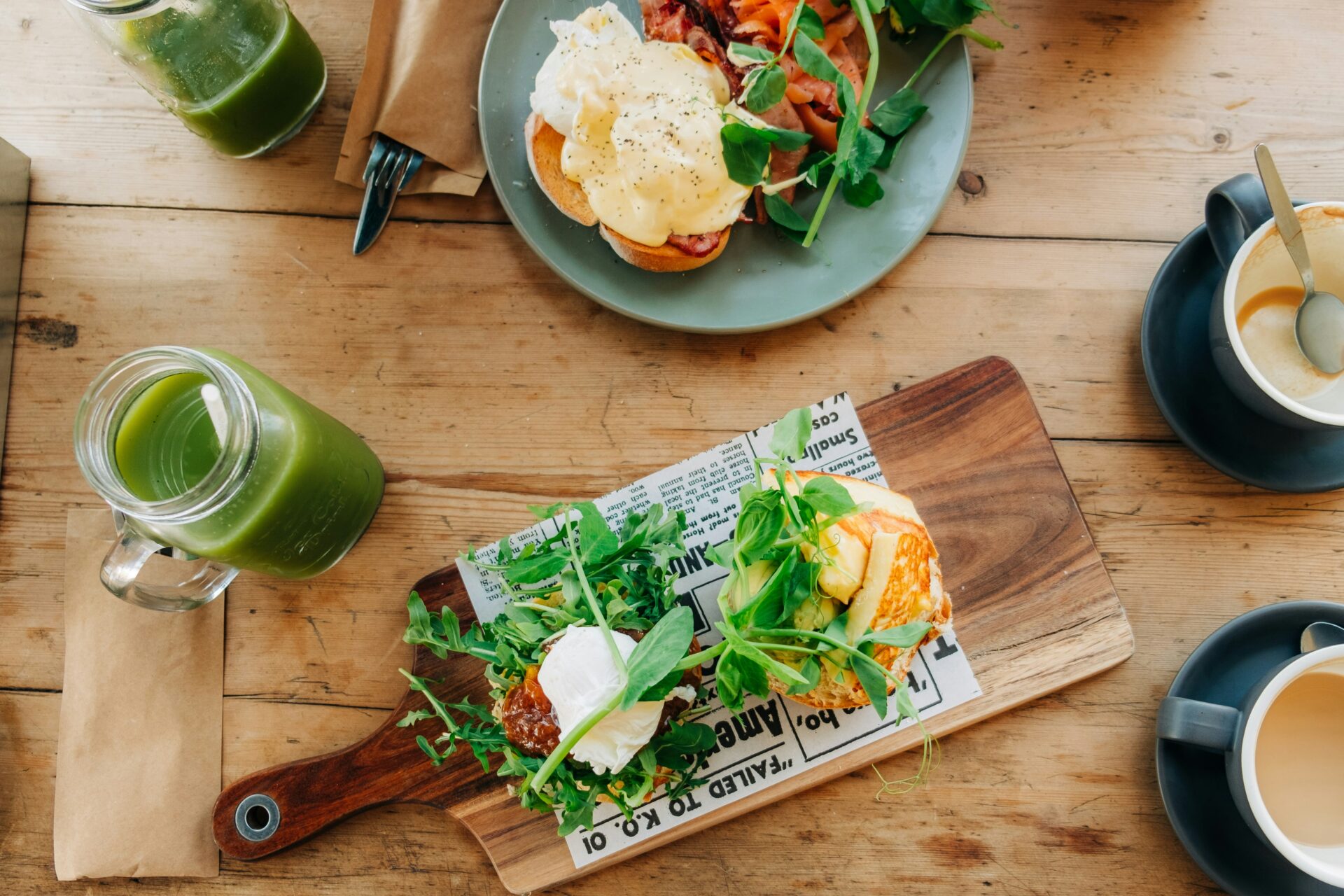
Dining in Ottawa
Local Cuisine
Ottawa offers a variety of dining options, from casual cafés to fine dining. Be sure to try local specialties such as poutine, Beavertails, and Ottawa Valley trout.
Dining Areas Close to Fairmont Château Laurier:
- The Courtyard Restaurant (located within the Fairmont, offering Canadian cuisine with a refined atmosphere)
- Play Food & Wine (a modern tapas-style restaurant)
- The Whalesbone Oyster House (a must-visit for seafood lovers)
Accessibility at Restaurants
Ottawa’s restaurants generally accommodate people with mobility challenges. Call ahead to confirm that the restaurant you wish to visit has accessible seating and entry.
Tip: For those with specific dietary needs (e.g., vegan, gluten-free), it’s best to inform the restaurant ahead of time to ensure an enjoyable dining experience.
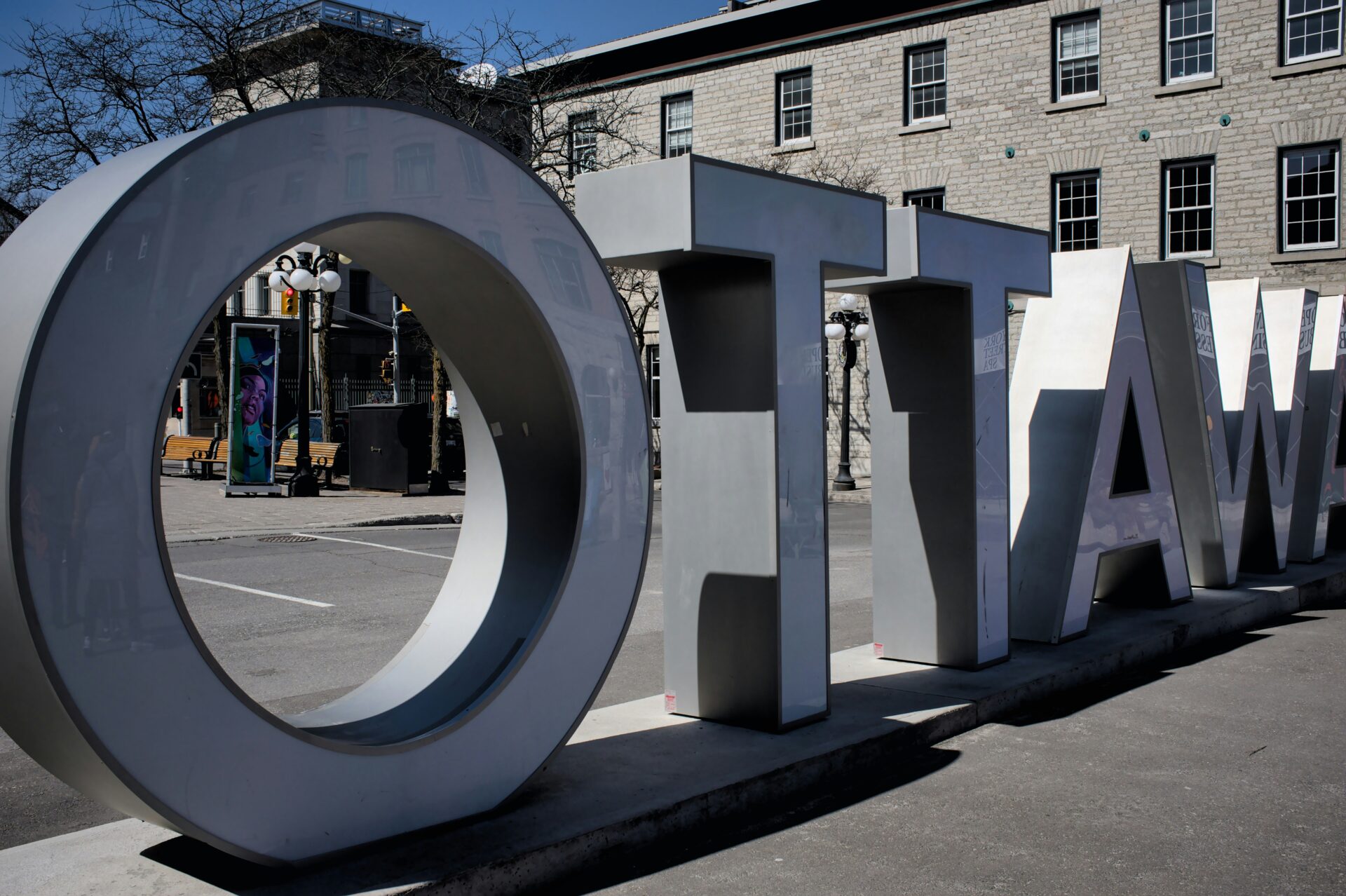
Shopping and Souvenirs
Rideau Centre
Location: 50 Rideau St, Ottawa, ON K1N 9J7
Overview: A popular shopping mall located near the Fairmont Château Laurier, with a variety of shops, from high-end boutiques to Canadian brands like Hudson’s Bay.
Accessibility: The Rideau Centre is fully accessible, with wide aisles, accessible restrooms, and elevators.
Local Handicraft Shops
Overview: Explore local handicraft shops for unique souvenirs such as indigenous art, handcrafted jewelry, and locally made products.
Tip: Check out the Ottawa Artisans gallery for a curated selection of local artwork and crafts.
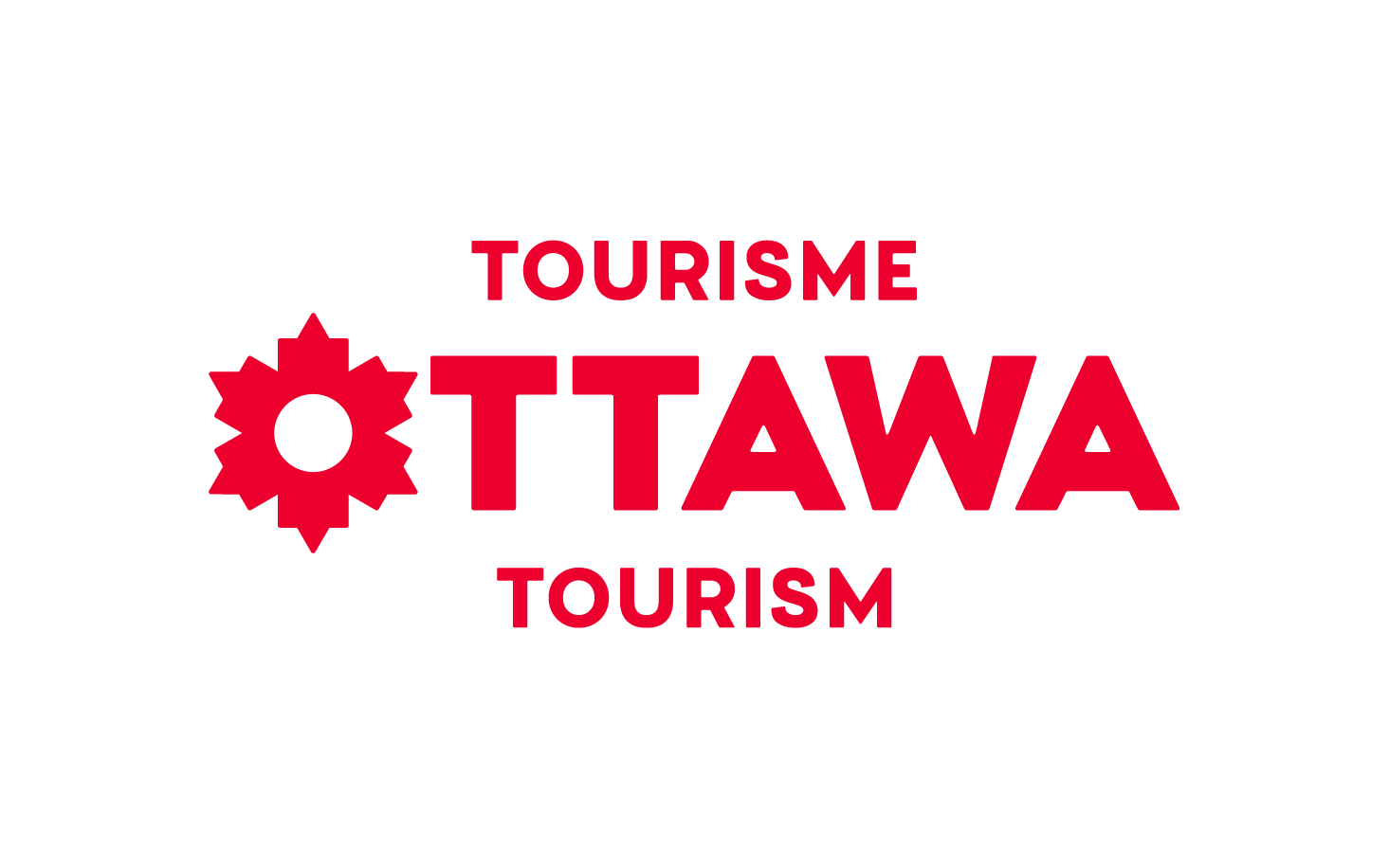
Other Helpful Information
- Tourist Information Centre: Located at 90 Wellington St, this center offers free brochures, maps, and advice on local attractions and events. It’s a great resource for visitors to get the most out of their time in Ottawa.
- Language: Ottawa is a bilingual city, with both English and French spoken. However, English is widely understood, and most signs are in both languages.